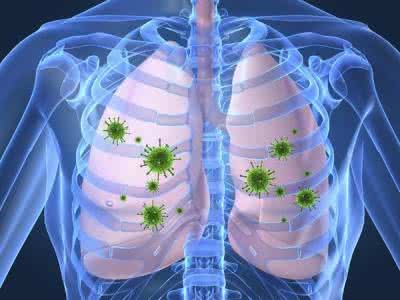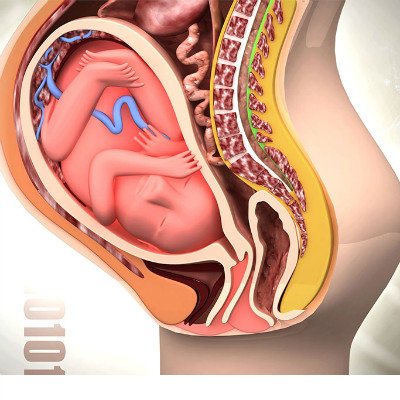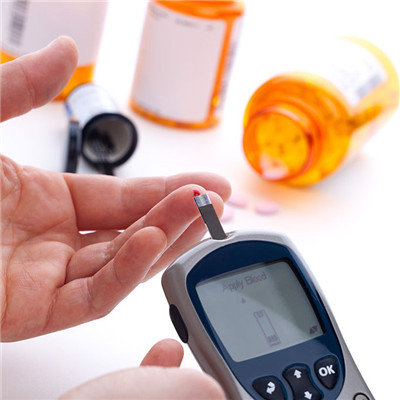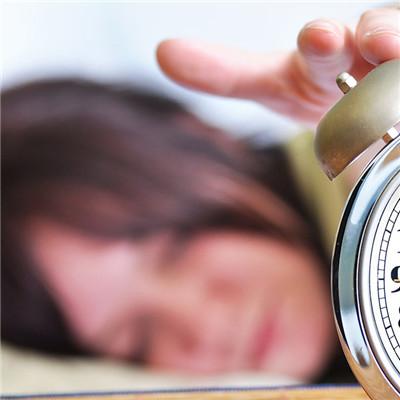What does autism mean?
summary
What does autism mean? Childhood autism is a subtype of generalized developmental disorder, which is more common in men. It starts in infancy and is mainly manifested in speech developmental disorder, interpersonal disorder, narrow interest and rigid behavior style. About 3 / 4 of the patients have obvious mental retardation, and some of them have better ability in some aspects under the background of general mental retardation.
What does autism mean?
Language barrier; Language and communication disorder is an important symptom of autism, which is the main reason for most children to see a doctor. Language and communication disorders can be manifested in many forms. Most autistic children have delayed or impaired language development. They usually can't speak at the age of two or three, or they have language regression after normal language development. They have expressive language before the age of 2-3, which gradually decreases or even completely loses with age, Silence for life or limited use of language in rare cases. There are some obstacles in their ability to feel and express the language.
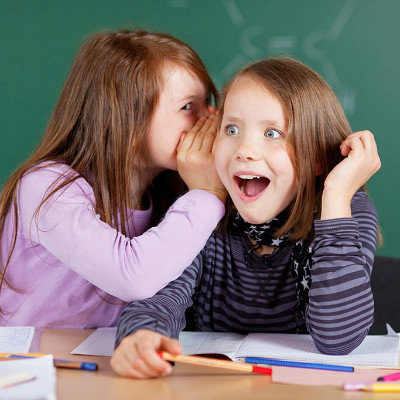
Social communication barriers; Patients can not establish normal interpersonal relationship with others. When he was young, he showed no eye to eye contact with others, and his expression was poor. He lacked the expression or posture of expecting his parents and others to hug and caress, and he didn't enjoy the happy expression of caress. He even refused his parents and others' hugs and caresses. It's hard to distinguish the relationship between relatives and strangers. We treat our relatives in the same way as we treat others. It is difficult to establish a normal partnership between patients and children of the same age. For example, in kindergartens, they often stay alone and do not like to play with their peers; When we see some children playing games together, we have no interest in watching or desire to participate.
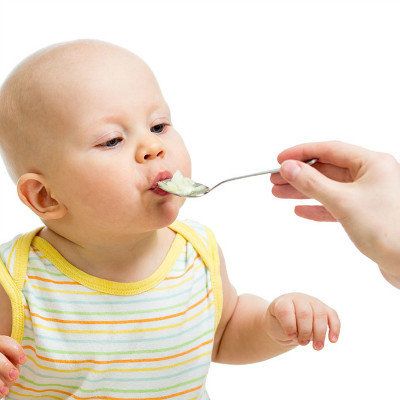
Narrow range of interest and rigid behavior pattern; The patients are not interested in the games and toys that the normal children are keen on, but like to play with some non toy items, such as a bottle cap, or observe the rotating electric fan, and can last for dozens of minutes, or even several hours without feeling tired. They are not interested in the main features of toys, but they are very concerned about the non main features: the patient stubbornly requests to keep the routine of daily activities unchanged, such as the time to go to bed, the quilt to be covered, the same route to go out, etc. If these activities are stopped or behavior patterns are changed, patients will show obvious unhappiness and anxiety, and even resistance behavior. Patients may have repetitive and stereotyped movements, such as clapping hands repeatedly, circling, licking the wall with tongue, stamping feet, etc.

matters needing attention
However, drugs can improve some emotional and behavioral symptoms, such as emotional instability, attention deficit and hyperactivity, impulsive behavior, aggressive behavior, self injury and suicide behavior, tic and obsessive-compulsive symptoms and psychotic symptoms, It is beneficial to maintain the safety of patients themselves or others, and implement education and training and psychotherapy smoothly.
